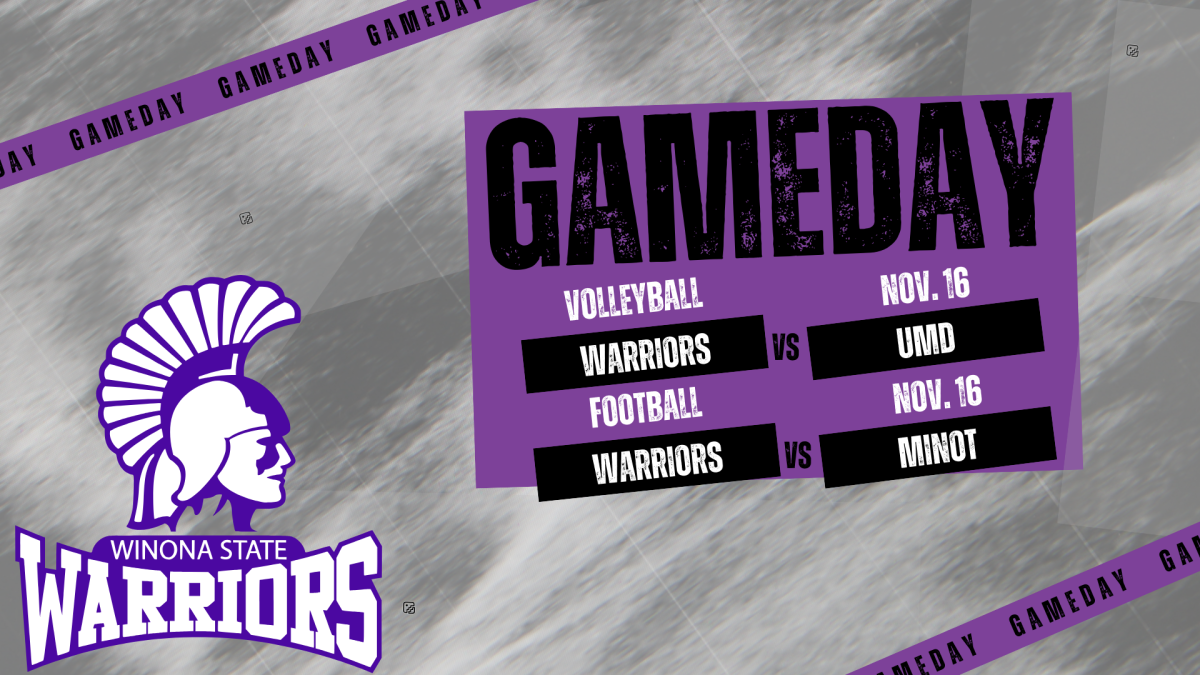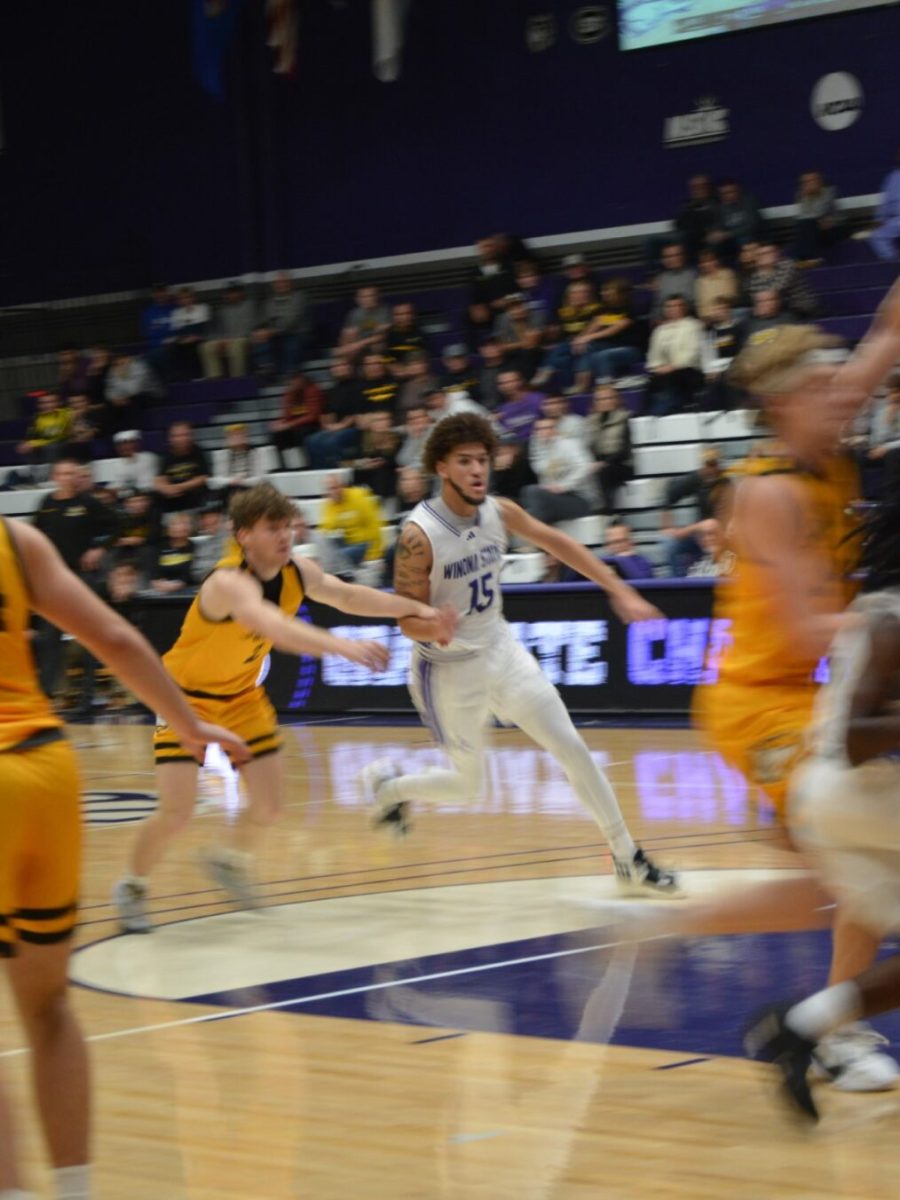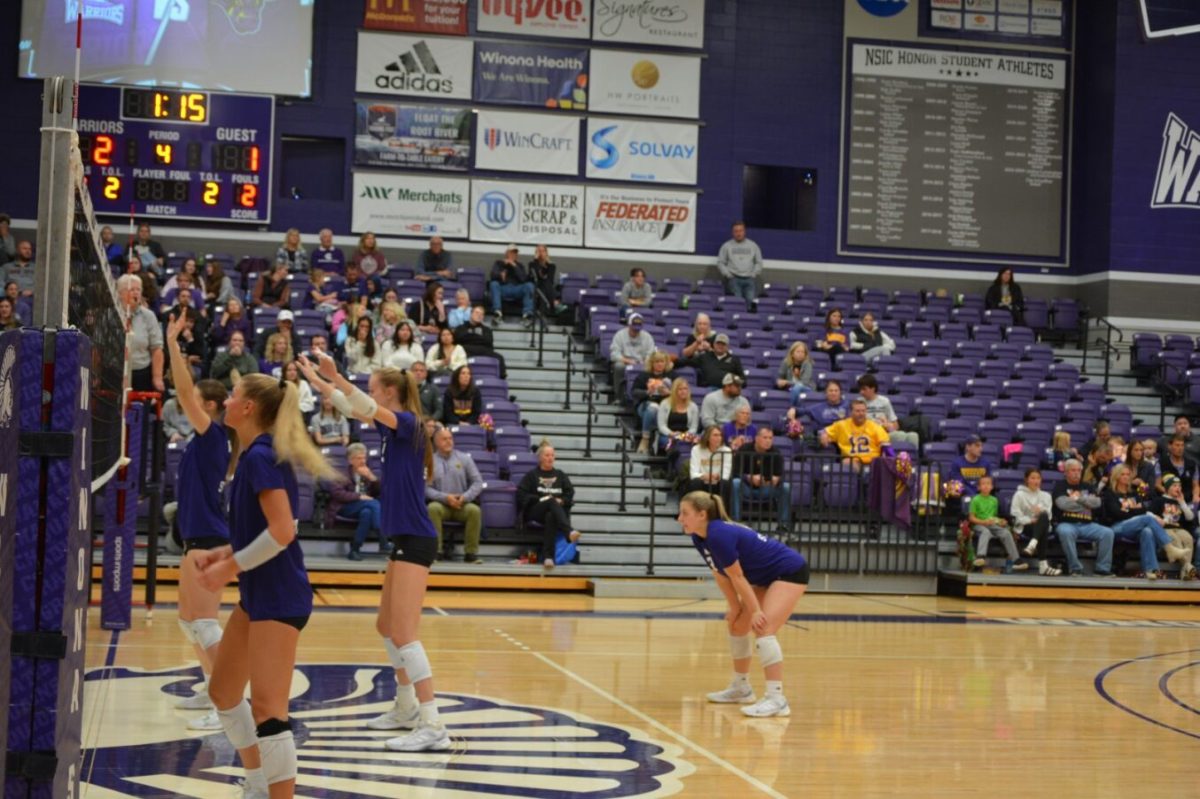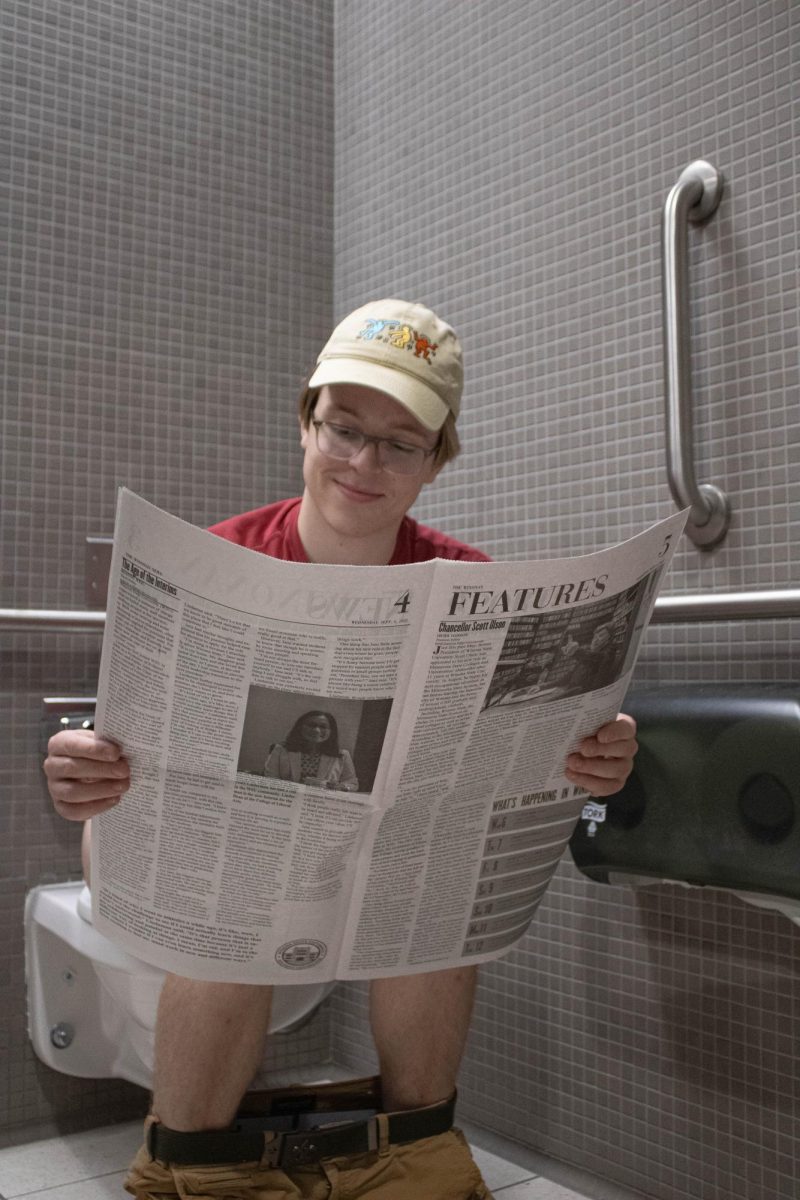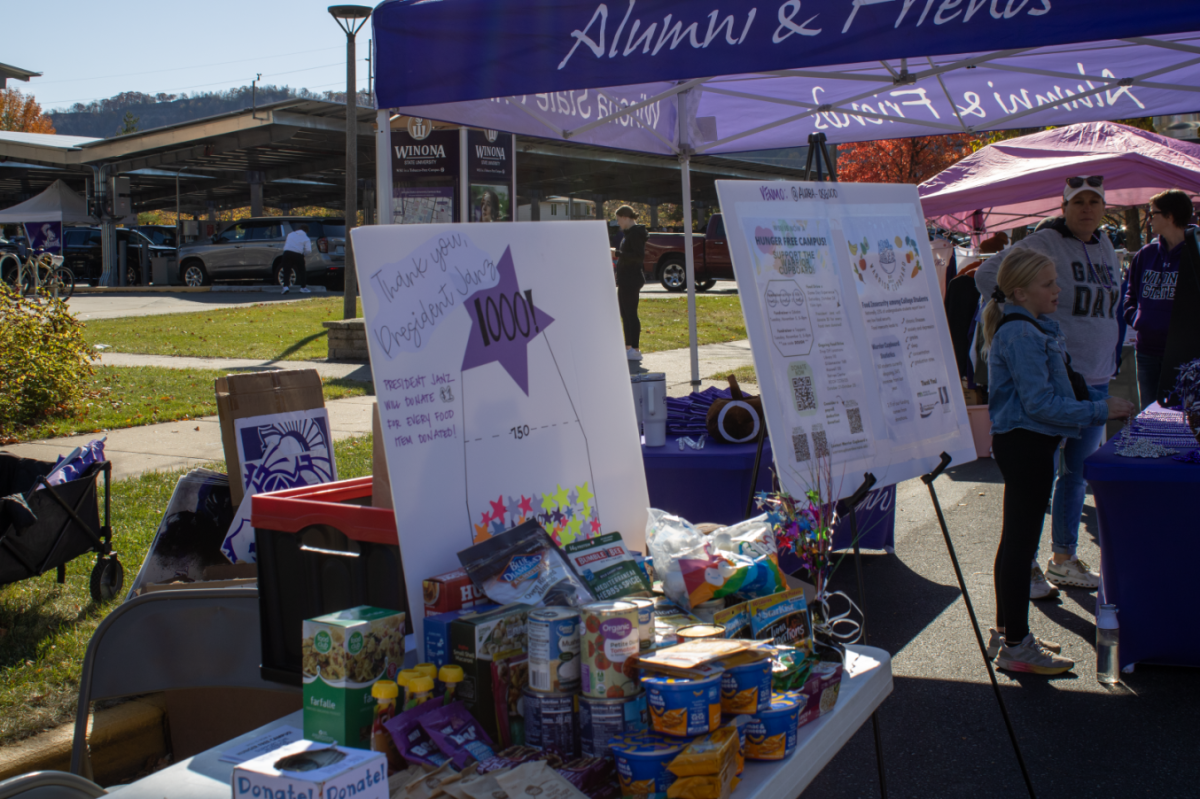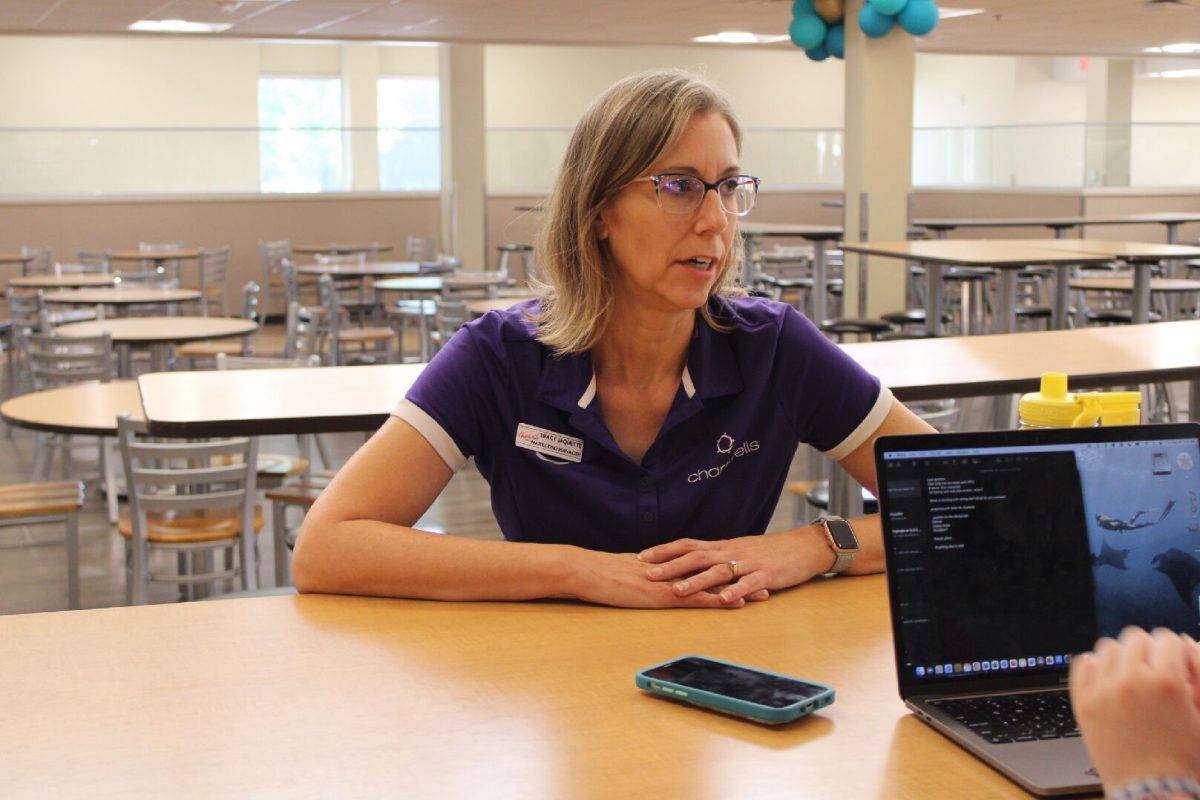When you first hear the word tunnel, you may think of something that is dark, damp, and cold. Maybe you’ll think of the tunnels that Mr. Fox and his family dig in Fantastic Mr. Fox, or think of a grand, mythical tunnel that leads to a far more exciting place than Earth.
But more than likely, you’ll think of the Johnson Street tunnel that runs underneath the train tracks across from the IWC. While the tunnels that run under campus are none of these things (fortunately for the farmers that Mr. Fox seems so bent on tricking), they were still very interesting to not only learn about but get to explore.
Scott Clark, the Physical Plant Director within facilities at Winona State University, oversees everyone from custodial staff to the engineering, trades, and grounds crew that helps keeps campus clean and running smoothly.
The tunnels haven’t been around since the inception of campus. It was in 1962 when the main part of the tunnels was built underneath Somsen Hall (which celebrates its 100th anniversary this year), and then tunnels were added onto it and eventually expanded as campus and the number of permanent buildings grew.
Because it was so long ago and blueprints aren’t easy to find or weren’t kept the best in the past, it is only guessed that the first tunnel ran from Somsen to Gildemeister Hall. Before the tunnels, boilers provided heat to buildings. Before additions were made to the tunnels that streamlined the heating process, steam would float around aimlessly.
The tunnels themselves aren’t very wide – probably only two feet of a walkway. Not only that, but they’re not very tall. Definitely shorter than your average dorm room’s walls. They’re a color of grey that you see on a cloudy spring day when the rain refuses to fall and you’re just miserable because it won’t. That is to say, they’re just cement. They connect to the vast majority of buildings on campus, and as such, you will be surrounded by grey for a while.
On one side of you, there is a bunch of piping that is responsible for the electricity, water, and even heat that we’re able to enjoy in our classrooms and dormitories. At first thought you may think these pipes aren’t safe to touch, but Clark explained that they are. The 13,800 watts of power that Winona State uses is encased in a metal pipe that won’t electrocute you on a simple touch.
Meanwhile, while the pipe that is responsible for our heating is insulated and therefore safe, Clark said that it still manages to get warm enough that occasionally, you will see bright, green grass on the Facilities property in the middle of January. This heat also makes the tunnels quite warm, and by warm, it is 100 degrees warm.
On the other side of the tunnels runs a long system of over a dozen wires, in all different shapes and sizes. These wires are separated into three different groups, and as they run along the length of the tunnels, they go from being stored in either one rack or organized into three. The top rack stores Wi-Fi cables, the middle rack phone and data cables, while the bottom stores low-voltage electricity cables such as TV cables.
These wires run through an estimated one-and-a-half miles of tunnels in order to power all of campus. In order to not walk three miles instead, there are black signs that point you in the direction of different campus buildings wherever there’s an intersection.
Because the tunnels are underground, and away from the cruelty that Minnesota winters can be, some students believe that if not our existing tunnels, then other tunnels should be made for student-use. One student, Alex Peachey, a CALT major at Winona State, expressed his enthusiasm at the idea of campus tunnels, “I want tunnels. I want tunnels around campus so very badly because of all of the snow. The tunnels should be made safe, and then we can go in the tunnels… Also, tunnels are just exciting.”
Lindsay Moen, an Elementary Education major, expressed a similar sentiment to Peachey. Not only is staying warm a factor, but she shares that, “…being on crutches, [the tunnels] would probably help not be as icy.” In a state where rainy days can be closely followed by sub-freezing temperatures, getting to class can certainly be a risk for everyone.
While the tunnels may seem like an enticing alternative route to classes, a walk through them may deter you: They’re cramped and hot, but not only that it poses a security risk for students and the university alike. A student in IT and fellow reporter, Pronob Kumar points out that while the IT department would immediately know if the cables in the tunnels were being messed with, there is always a connection between people in the tunnels and their boss or supervisor.
For students, this may not always be possible. Not only that, but it poses additional safety risks for just how much our campus relies on everything in the tunnels running smoothly. There is also the risk of coming into contact with the asbestos present in the tunnels, of which can increase your risk of lung cancer.
In conversation with Allison Quam, the Archivist at Winona State’s Krueger Library (amongst other things), the idea of skyways came up as we looked at building plans for Winona State. Clark commented on if there were any plans for skyways, saying there wasn’t.
“Between [the] library and IWC… we can certainly look at that as a possibility. But they’re a lot of money- for skyways and skywalks. And we want to be green and sustainable, and that’s a ton of added cost, and heating expenses and cooling expenses.”
It raises the question of if the pros would outweigh the cons. While you quickly get accustomed to the cold if you’re in Minnesota, and walking five minutes in the cold is no big deal to most people, ice is inevitable even with a grounds crew that keeps on top of things.
A skyway would also reduce the chances of frostbite, of which the chance for goes up the colder it gets. So, while most students may never get to see the tunnels, the idea of them being under campus is an exciting prospect in and of itself. They’re not something straight out of a fairytale, but maybe it’ll raise your own questions: Is this how we will always be bringing utilities to our buildings? How will technology change in the coming years, in a further technology-driven society? When climate change is already affecting our winters, will there even be a need for skyways to keep us warm in the future?






